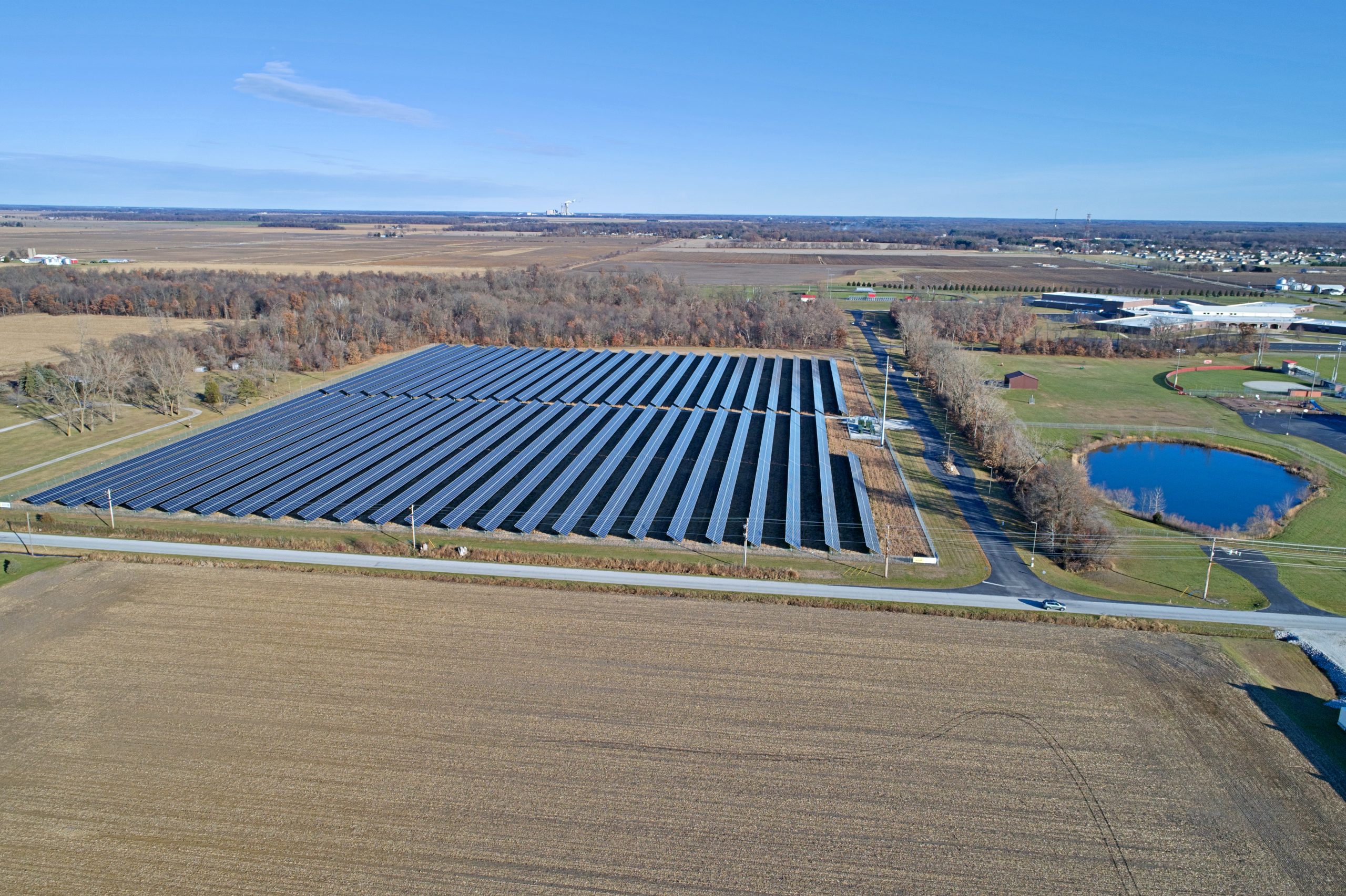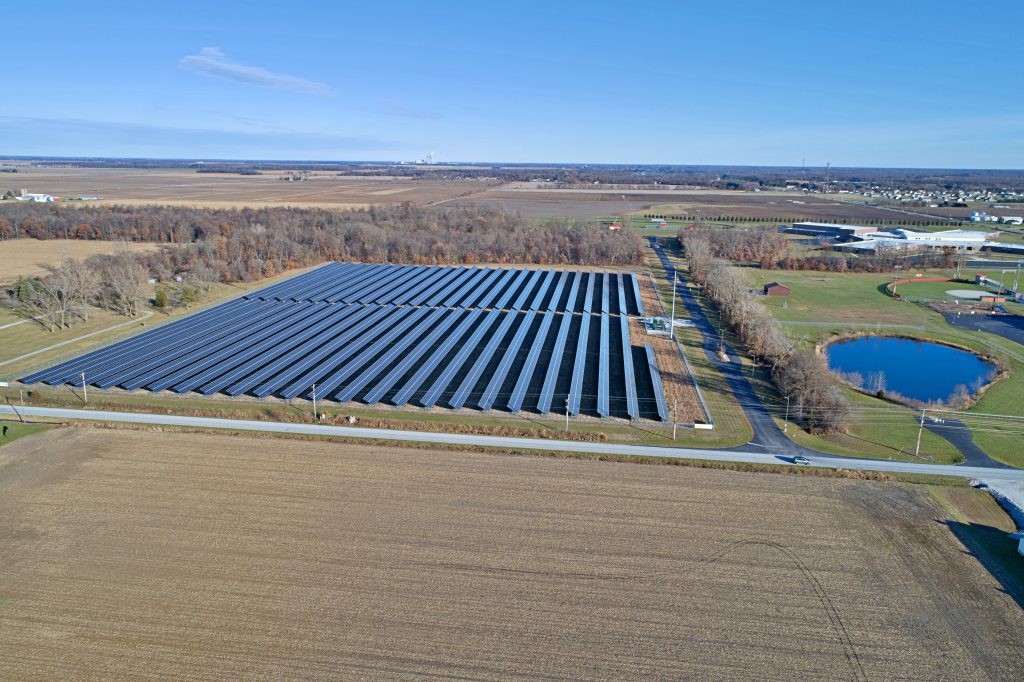Contact Us Today!
(555) 555-5555 | SALES@SOLENTIAL.COM
Or, fill out the form below and we'll get right back to you.
(555) 555-5555 | SALES@SOLENTIAL.COM
Or, fill out the form below and we'll get right back to you.

Wabash Valley Power Alliance, in collaboration with Solential Energy, has taken a significant step towards renewable energy by developing community solar projects across six Midwestern communities. This initiative reflects a growing interest in the community solar model, an approach that allows customers to buy or lease parts of a shared solar PV system, making renewable energy more accessible and affordable.
Wabash Valley, serving 23 distribution cooperatives in Illinois, Indiana, and Missouri, recognized the need to diversify energy portfolios and respond to members’ growing interest in solar energy. In 2017, they launched Co-op Solar to provide lower-cost community solar options to member co-ops, underscoring the importance of energy efficiency and environmental consideration in their operations.
The project unfolded in two phases between 2017 and 2019, totaling 6.5 MW of solar capacity. Phase 1 tested the waters in three communities (Peru, Indiana; Paris, Illinois; and St. Genevieve, Missouri), each hosting a 0.54 MW solar array. Due to the positive response, with Phase 1 quickly reaching 75% capacity, Phase 2 expanded the initiative to three additional communities (LaOtta, Indiana; Perryville, Missouri; Wheatfield, Indiana), with larger arrays and innovative additions like pollinator habitats.
Notably, the Wheatfield, Indiana, project involved a partnership with the Kankakee Valley School Corporation, resulting in 40% of power for three schools sourced from co-op solar, locked in at stable rates for 20 years. This partnership highlights the project’s success in bringing together various community stakeholders for a common sustainable goal.
Wabash Valley’s commitment to solar energy through these projects aligns with the immediate and long-term needs of its co-op members. It achieves greater rate predictability and affordability while supporting sustainable community development. The success of these projects demonstrates the potential of community solar to control energy costs, ensure rate stability, and provide equitable access to solar power, paving the way for more sustainable energy solutions in rural communities.

Location:
IL – Paris
IN – LaOtto, Peru, Preswick, Wanatah, Wheatfield
MO – Perryville, Ste Genevieve
Project Size:
6.5 MW
Services:
Ground mount fixed tilt Solar PV